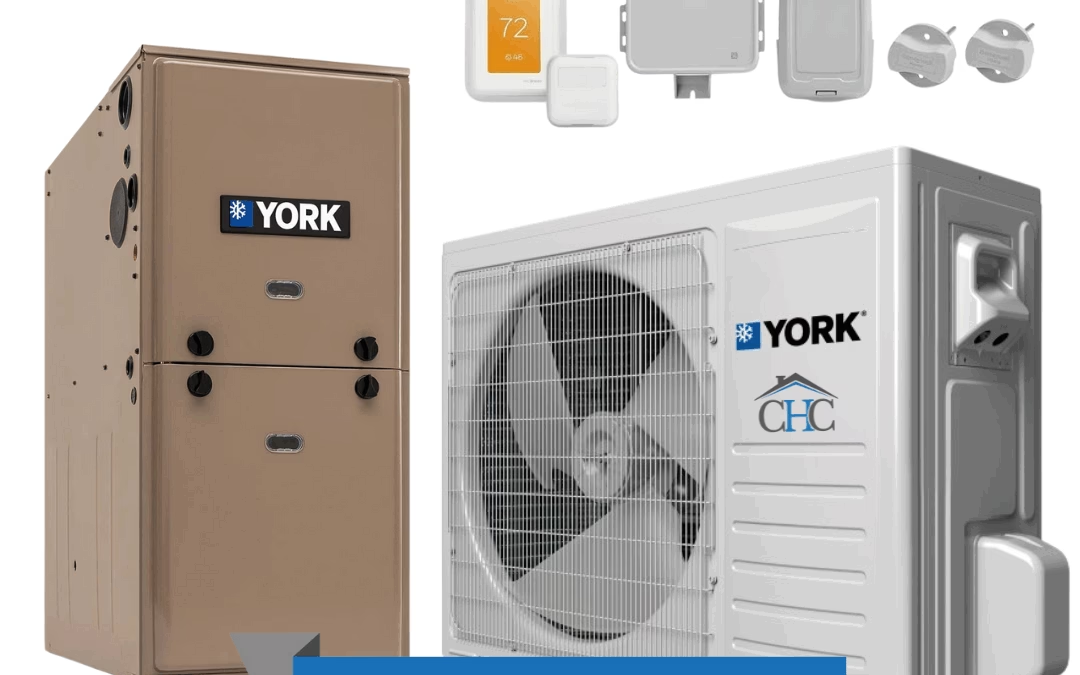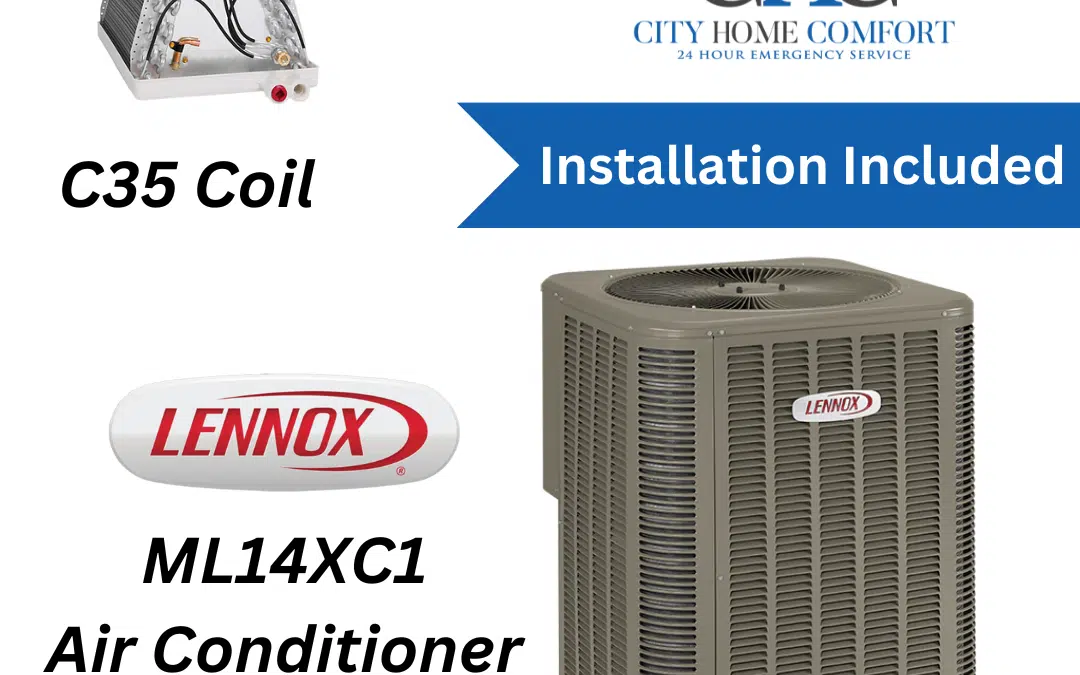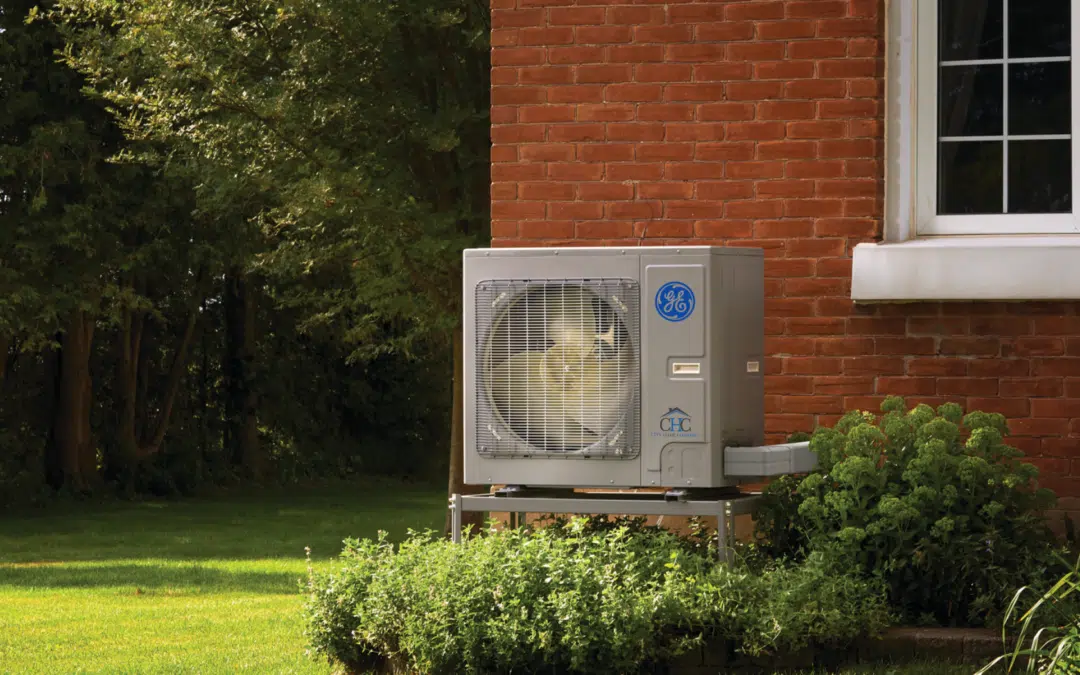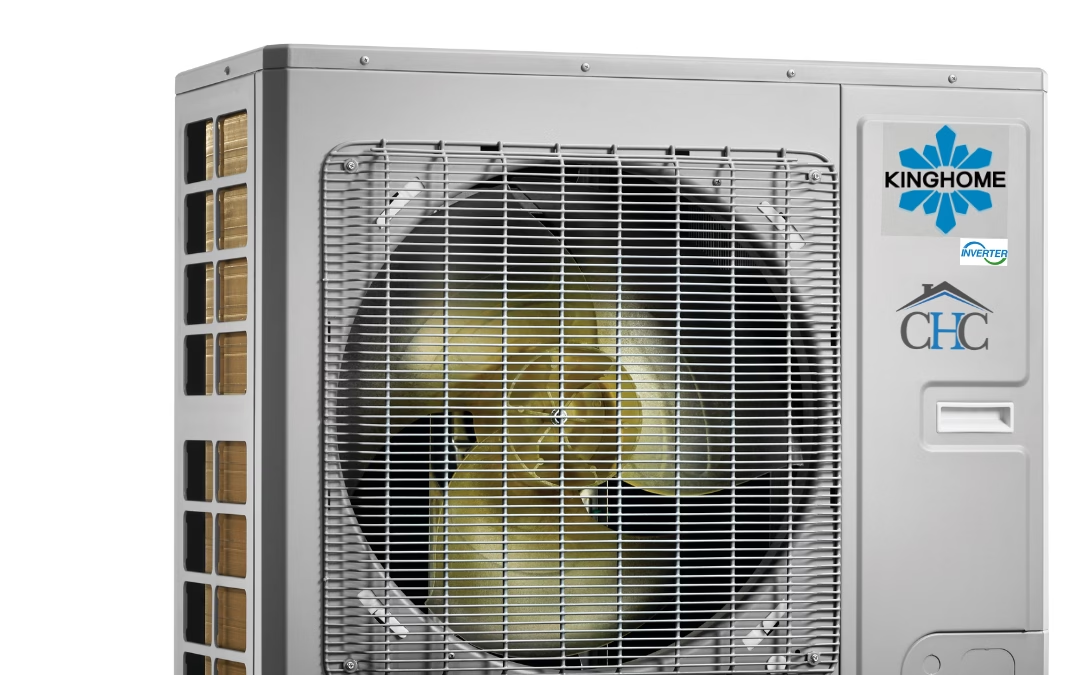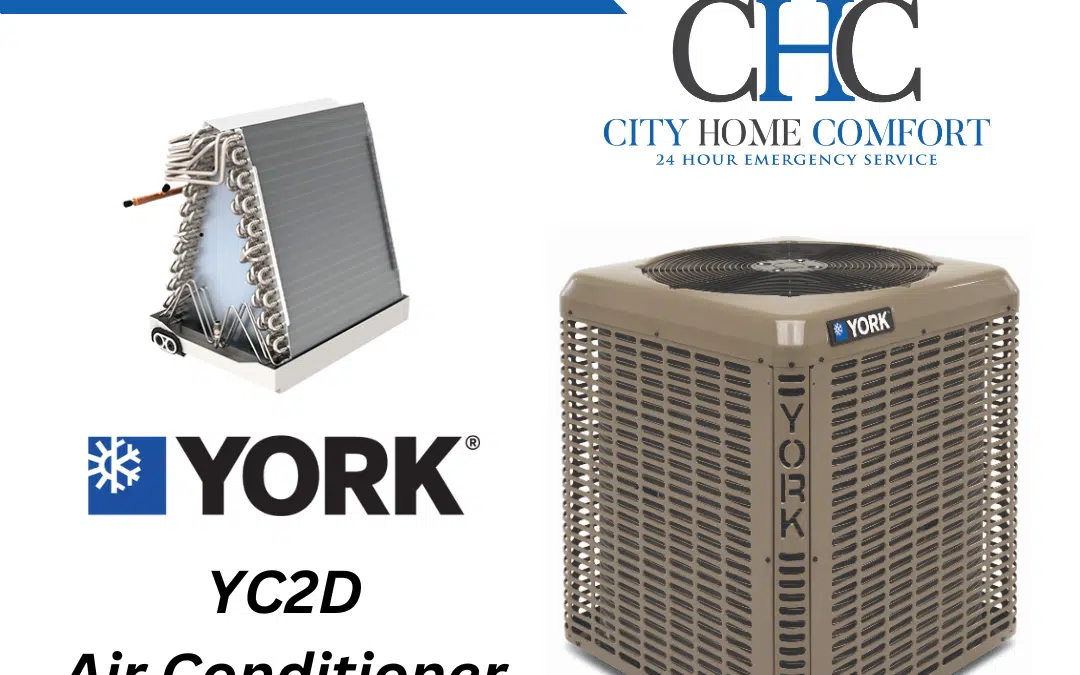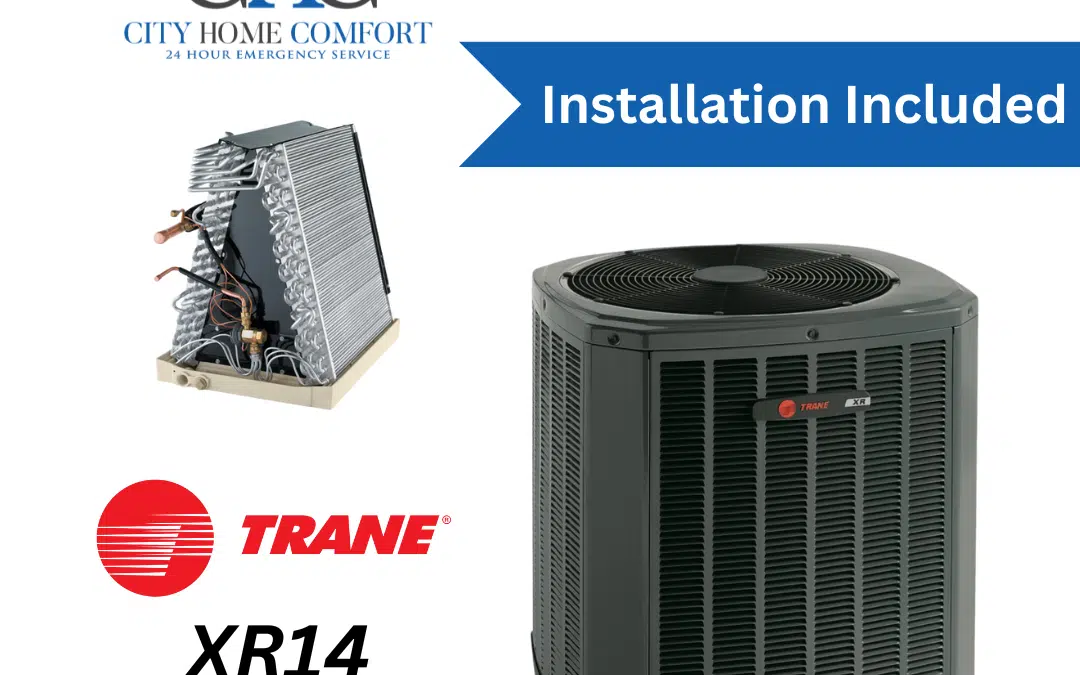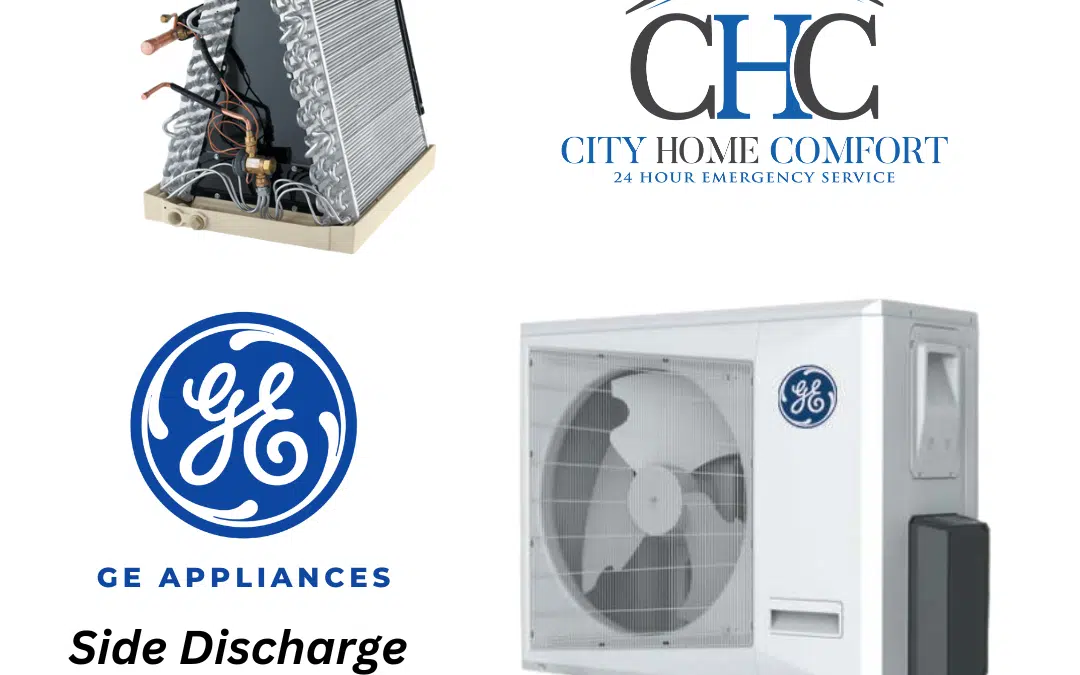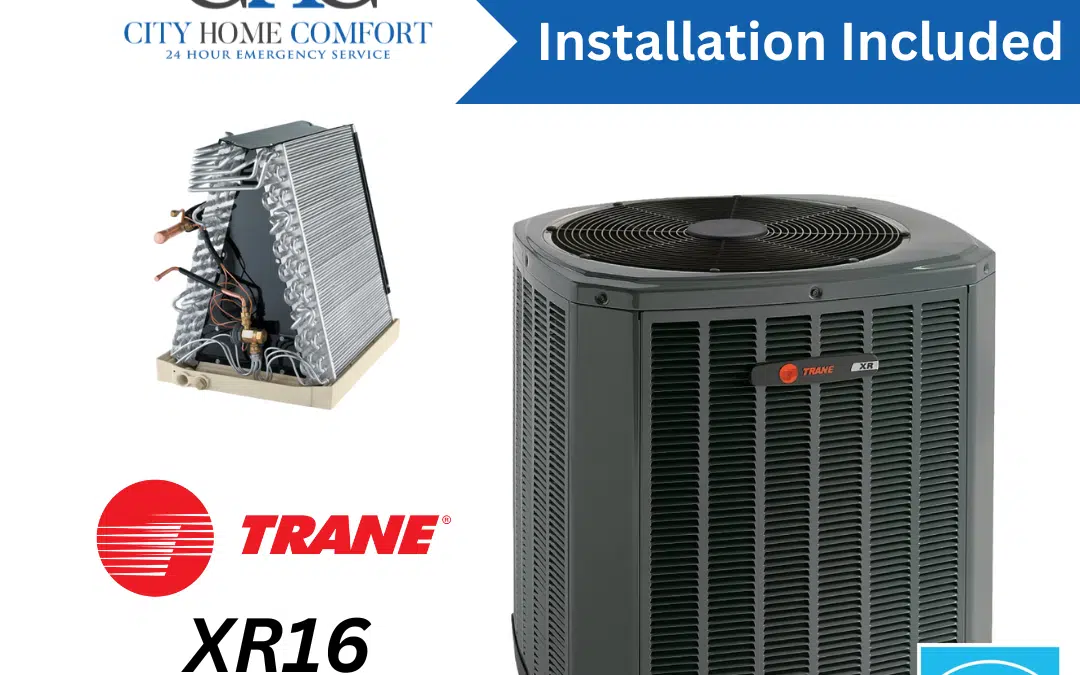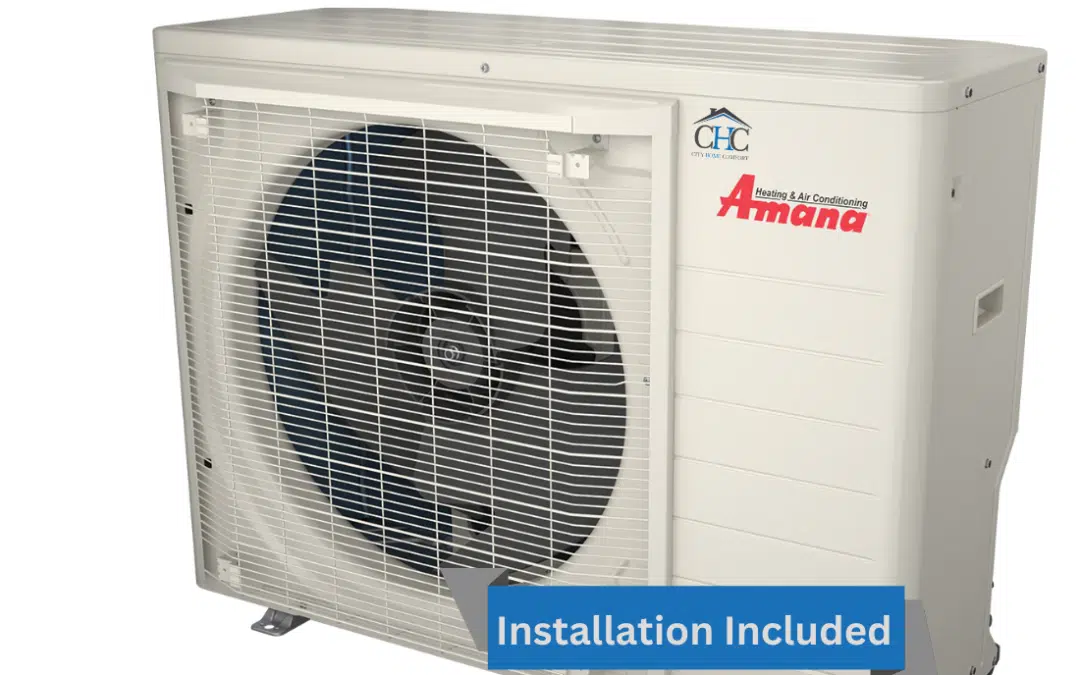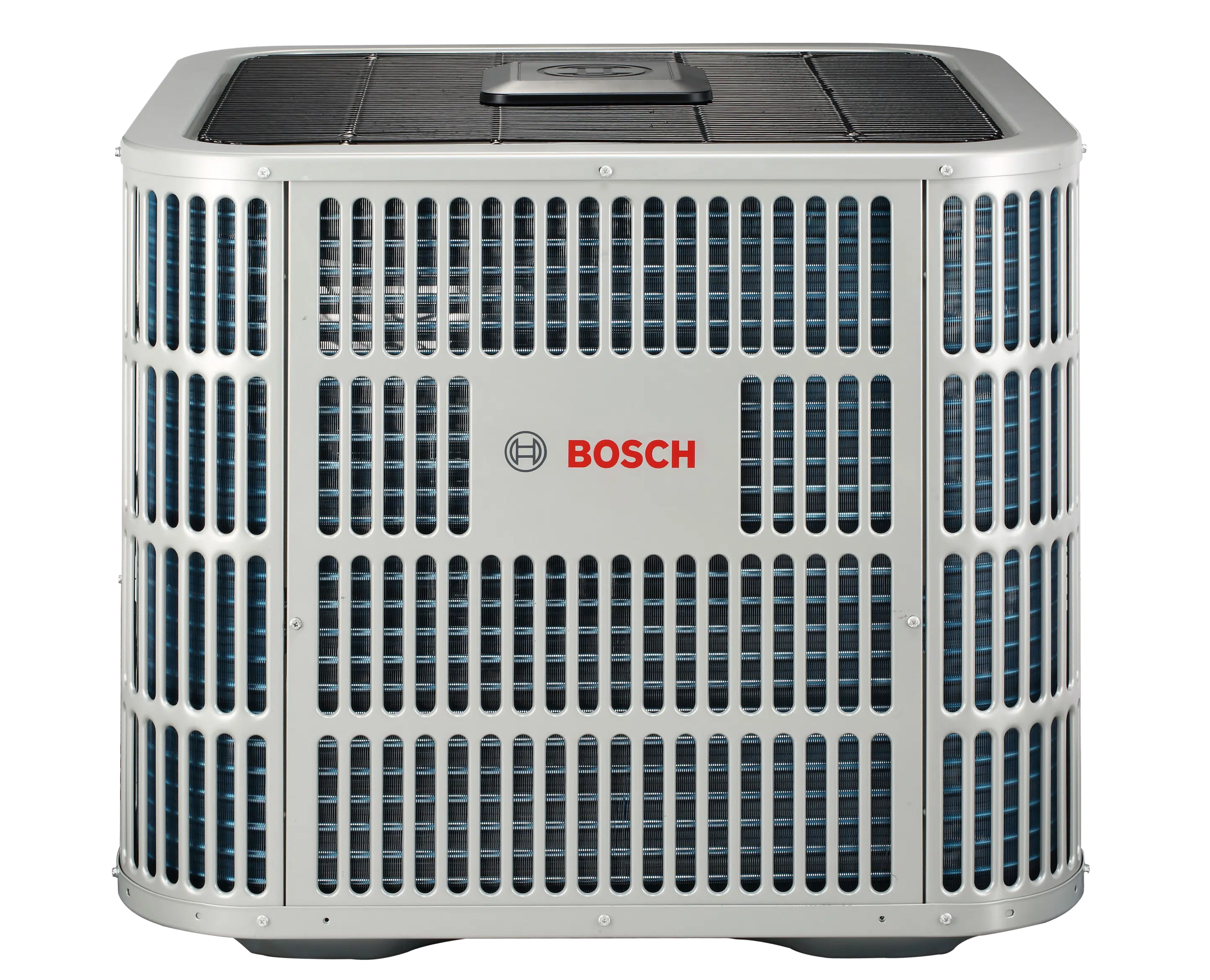2025 Air Conditioner Prices in Ontario
What Homeowners Need to Know About New Regulations, Refrigerants and Tarrifs
Ontario’s air conditioning (AC) industry will undergo significant transformations in 2025, influenced by regulatory changes, market dynamics, and international trade policies.
These factors collectively impact AC unit pricing, availability, and the overall purchasing landscape for homeowners.
Understanding R-410A Phase-Out
Navigating Limited Inventory and New Regulations
Since 2010, R-410A has been the standard refrigerant in residential AC systems.
However, due to its high Global Warming Potential (GWP), Canada and the United States are implementing measures to phase it out. Starting January 1, 2025, new regulations on manufacturing in the United States require refrigerants with a GWP of less than 750, leading to the adoption of alternatives like R-32 and R-454 B.
These new A2L refrigerants are categorized as mildly flammable, necessitating updates to safety standards, building codes, and technician training programs.
The Heating, Refrigeration and Air Conditioning Institute of Canada (HRAI) has introduced training initiatives to equip technicians with the necessary skills to handle these refrigerants safely.
R-410A vs A2L Refrigerants
The shift to A2L refrigerants entails reengineering AC systems to accommodate the new substances, increasing manufacturing costs. Components such as evaporator coils and condensers require redesigning, and the refrigerants are more expensive than R-410A. Consequently, consumers can anticipate a price increase of approximately 15-30% for the new systems.
Additionally, the phase-out of R-410A units means that existing inventory is limited. Manufacturers are focusing on producing systems compatible with the new refrigerants, leading to reduced availability of older models. Homeowners considering a new AC installation should know these inventory constraints and plan accordingly.
Refrigerant Type
Price
Availability
Repair Cost
R-410A
Moderate, but rising due to economy
Decreasing as inventory diminishes
Increasing due to older technology
A2L (R-32 & R-454B)
Higher
Increasing as new models are introduced
Similar to existing parts
CURRENT AIR CONDITIONER PRICING
R-410A vs A2L Refrigerants
The shift to A2L refrigerants entails reengineering AC systems to accommodate the new substances, increasing manufacturing costs. Components such as evaporator coils and condensers require redesigning, and the refrigerants are more expensive than R-410A. Consequently, consumers can anticipate a price increase of approximately 15-30% for the new systems.
Additionally, the phase-out of R-410A units means that existing inventory is limited. Manufacturers are focusing on producing systems compatible with the new refrigerants, leading to reduced availability of older models. Homeowners considering a new AC installation should know these inventory constraints and plan accordingly.
Technician Training & Price Surge Warning: What You Need to Know

As Ontario transitions to new A2L refrigerants like R-32 and R-454B, homeowners should prepare for rising costs. The phase-out of R-410A is creating limited inventory and increasing demand for existing models, both pushing higher prices.
At the same time, many HVAC technicians are still training on how to handle these newer, mildly flammable systems. This learning curve could mean:
-
Longer service times
-
Fewer available appointments
-
Higher labor costs
👉 What you can do:
Plan and upgrade early — before prices spike or technician schedules fill up. Acting now can help you avoid delays and lock in better pricing before the full transition.
Call The Office
(416) 556-8368
CURRENT AIR CONDITIONER PRICING
Get instant pricing now!
Call The Office
(416) 556-8368
Recommendations for Homeowners
Given these developments, homeowners in Ontario should consider the following steps:
- Assess Current Systems: Evaluate the condition of your existing AC unit. If it's nearing the end of its lifespan or requires significant repairs, consider replacing it sooner to avoid higher costs associated with the new refrigerant systems.
- Consult with Professionals: Engage with certified HVAC professionals to understand the implications of the refrigerant transition and tariffs on your specific situation. They can provide guidance on the best course of action tailored to your needs.
- Plan Financially: Anticipate higher costs for new AC installations and budget accordingly. Explore financing options or incentives that may be available to offset some of these expenses.
- Stay Informed: Keep abreast of ongoing developments in trade policies and industry regulations, as these can further influence pricing and availability.
By proactively addressing these factors, homeowners can navigate the evolving AC market more effectively, ensuring comfort during the warmer months while managing costs efficiently.

Need Help With Your Air Conditioning? Talk to the Experts
Trusted HVAC Service in the Greater Toronto Area Since 1981
City Home Comfort is a family-owned company proudly serving Toronto and the GTA for over 40 years. Our fully licensed and insured technicians are available 24/7, 365 days a year to handle all your residential and commercial HVAC needs.
-Fast, reliable service
-Expert advice tailored to your home
-Emergency support anytime you need it
👉 Book your consultation today and stay cool with confidence.
Impact of U.S. Tariffs on AC Pricing
The imposition of U.S. tariffs on imported goods has significant implications for the HVAC industry, particularly in terms of inventory and pricing. These tariffs can lead to increased costs for air conditioning units and parts, affecting both availability and affordability for consumers. Understanding these dynamics is crucial for making informed purchasing decisions.
How do tariffs affect AC availability?
Will tariffs increase the cost of AC units?
Are there alternatives to tariff-affected models?
Yes, opting for equipment manufactured in other parts of the world is still viable. Many cold climate air source heat pumps would be a great option with increased North American air conditioner prices, especially with government rebates coming into effect.

